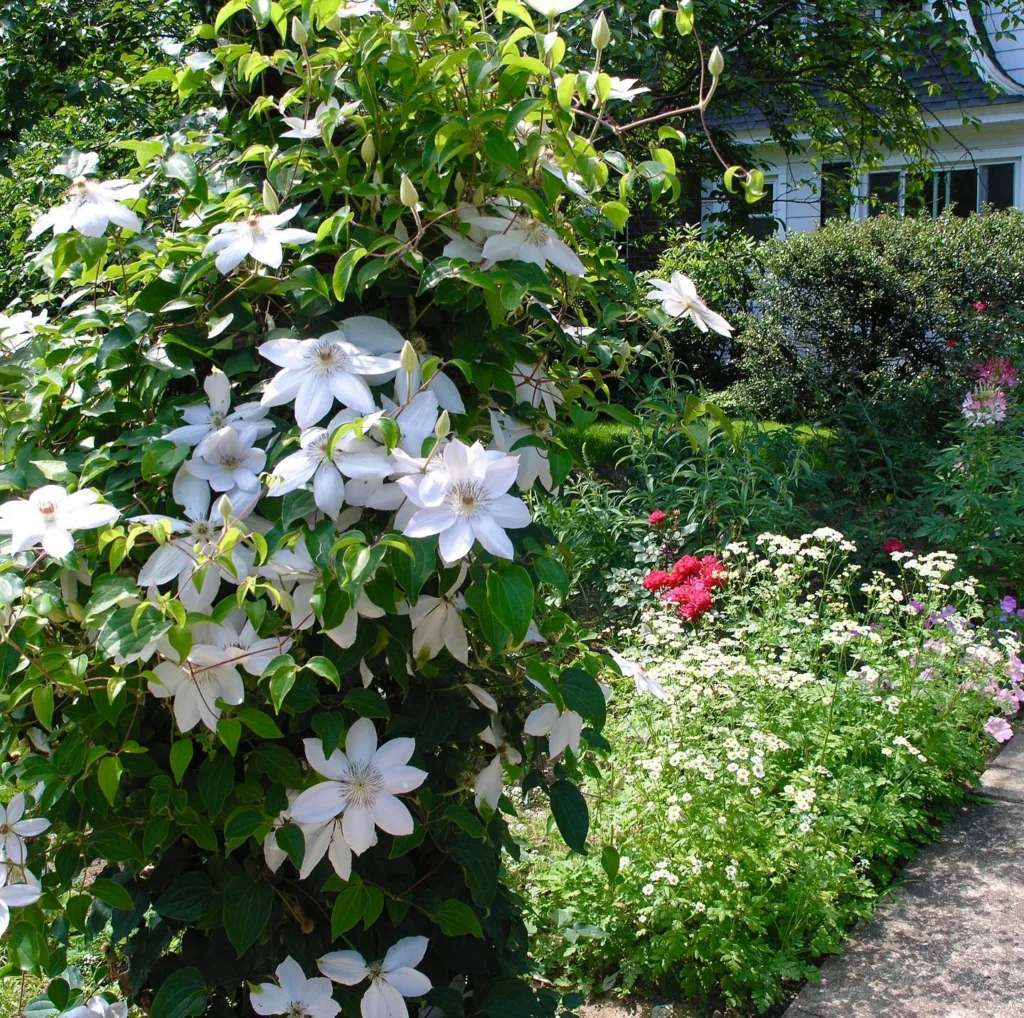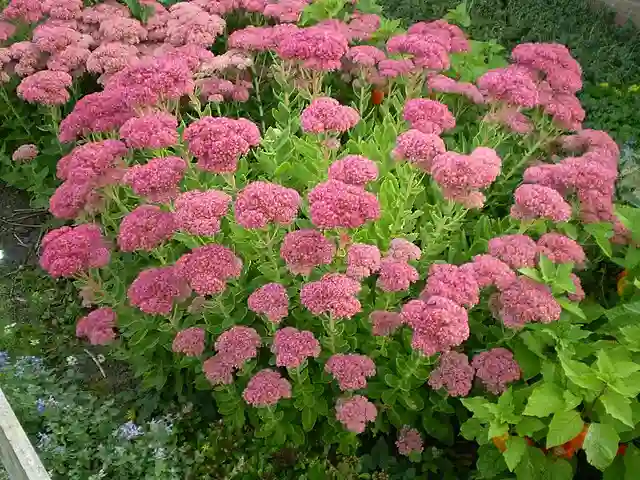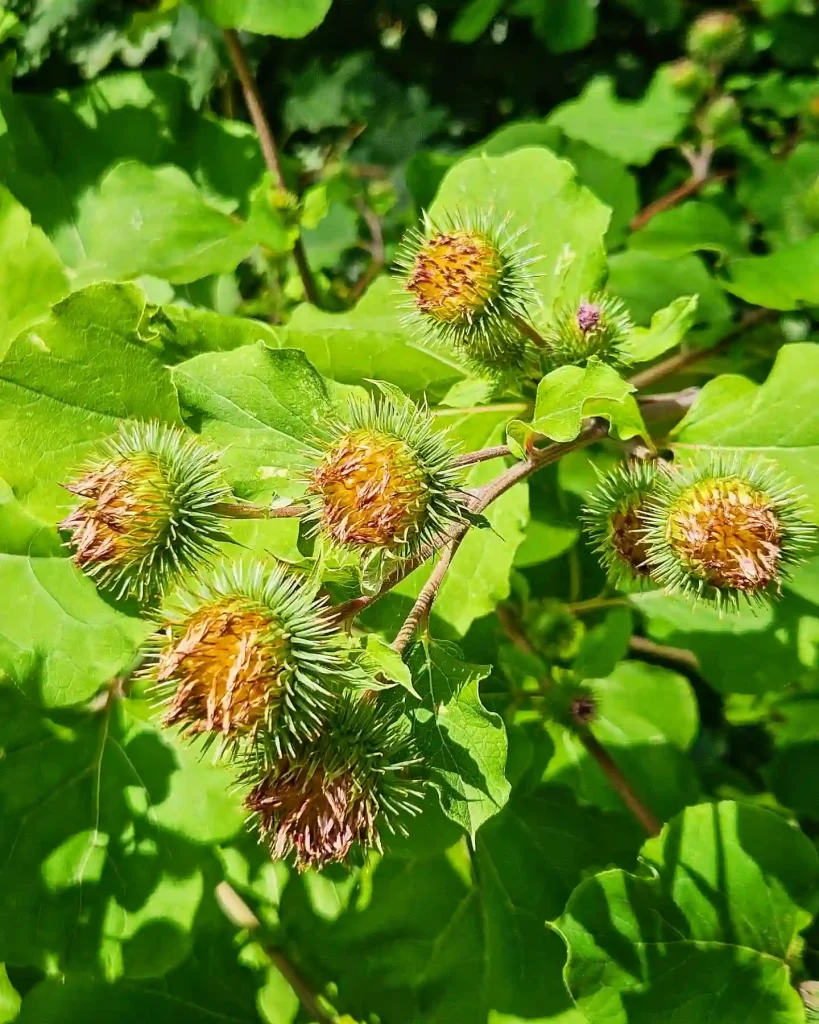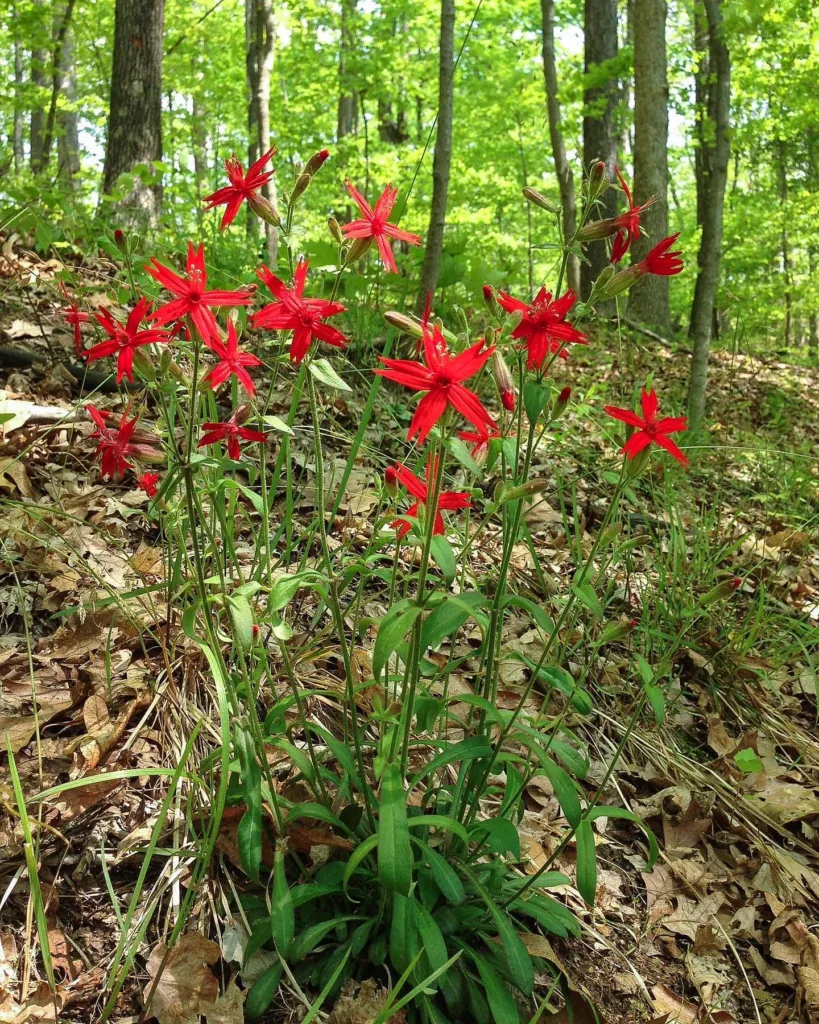Unveiling the Kalimeris indica: A Delicate Beauty with a Delicious Secret
For the past few years, I’ve been on a mission to unearth hidden gems in the world of plants. Flowers that offer not just visual intrigue but possess a surprising culinary twist. Enter Kalimeris indica, also known as the Indian Aster. This unassuming perennial has captured my heart with its delicate blooms and, more surprisingly, its role in East Asian cuisine.
A Touch of the East in Your Garden
Kalimeris indica is a native of East Asia, commonly found in China, Korea, and Japan. It boasts a charming appearance, reaching a height of 12 to 28 inches and adorned with light purple or white flowers that bloom in late spring. But beneath its gentle beauty lies a secret – its young leaves and stems are considered a delicacy in East Asian cultures.
How to Grow Kalimeris indica?
Cultivating Kalimeris indica is a rewarding experience, offering both aesthetic and culinary benefits. Here’s a roadmap to bringing this unique plant into your garden:
Finding the Perfect Spot: Kalimeris indica thrives in well-drained soil and prefers full sun to partial shade. Opt for a location that receives at least 6 hours of sunlight daily.
Planting: Sow seeds directly outdoors in early spring after the danger of frost has passed. Alternatively, start seeds indoors a few weeks before the last frost and transplant them outdoors once established. Ensure a spacing of 12-18 inches between plants.
Watering: Kalimeris indica is fairly drought-tolerant once established. Water regularly during the first growing season, but allow the soil to dry slightly between waterings. As the plant matures, watering needs decrease significantly.
Feeding: While not essential, a balanced fertilizer applied once in early spring can promote healthy growth and vibrant blooms.
What to Plant With Kalimeris indica?
The delicate beauty of Kalimeris indica pairs well with various flowering companions. Consider:
- Coreopsis: These cheerful yellow flowers add a burst of sunshine to the garden.
- Salvia: The vibrant blue hues of Salvia create a striking contrast with Kalimeris indica’s soft blooms.
- Gaura: The delicate, airy flowers of Gaura complement the elegance of Kalimeris indica.
Beyond the Blooms: The Culinary Side of Kalimeris indica
This is where Kalimeris indica truly shines. In East Asia, the young leaves and stems are harvested in early spring before the plant flowers. They are then cooked and enjoyed for their unique flavor, often paired with dried tofu or other ingredients.
A word of caution: While considered safe for consumption in East Asian cuisine, it’s crucial to properly identify Kalimeris indica before using it for culinary purposes. Consult a reliable botanical resource or a knowledgeable nursery professional to ensure you have the correct plant.
How to Care for Kalimeris indica?
Kalimeris indica is a low-maintenance plant. Here’s what you need to know:
- Deadheading: Regularly removing spent flowers encourages continued blooming throughout the season. Simply pinch off the faded blooms at the base of the flower head.
- Dividing: Every few years, you can divide mature Kalimeris indica plants to create new plants. This process is best done in early spring or fall.
Winter’s Touch: Protecting Your Kalimeris indica
Kalimeris indica is generally considered cold hardy in zones 4-8. However, if you reside in a colder climate, it’s advisable to apply a layer of mulch around the base of the plant in late fall to provide additional winter protection.
The Allure of Kalimeris indica
Kalimeris indica offers a captivating combination of beauty and culinary intrigue. Its delicate blooms add a touch of elegance to the garden, while its young leaves hold the potential to surprise your taste buds. With minimal maintenance required, this versatile plant is a welcome addition to any garden, offering a delightful fusion of aesthetics and culinary exploration.
If i die, water my plants!



